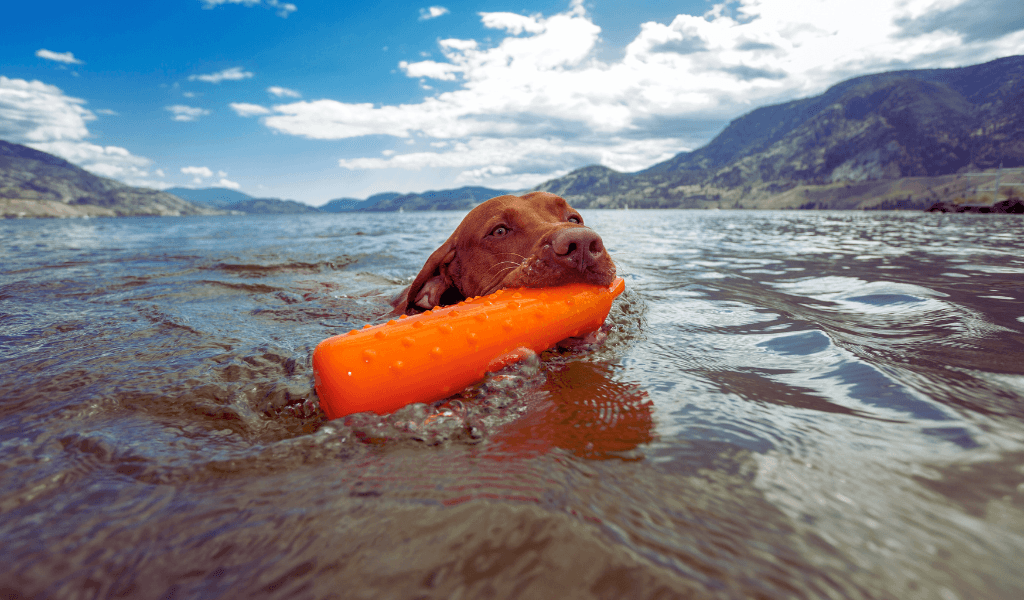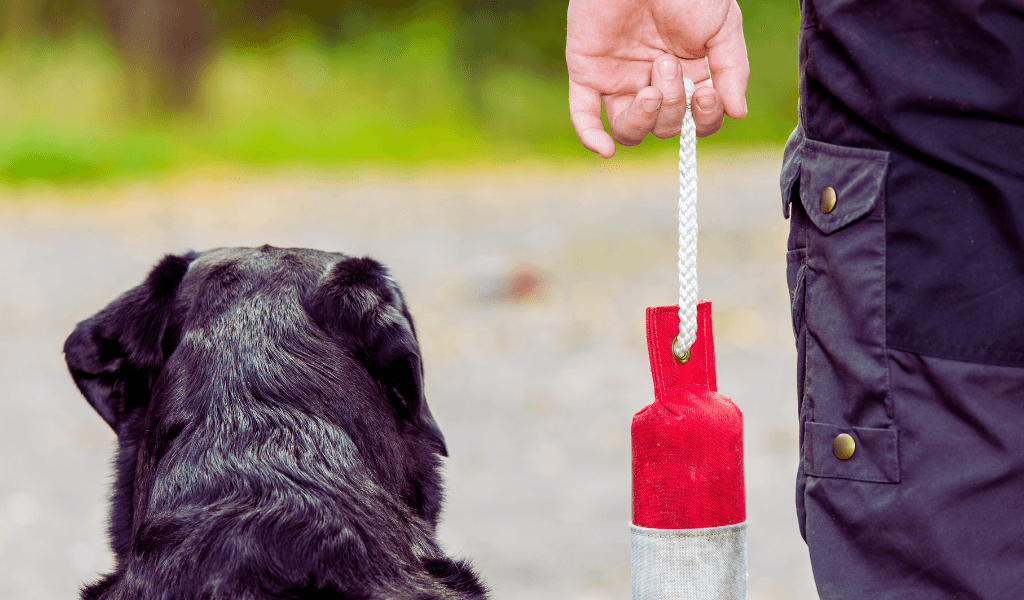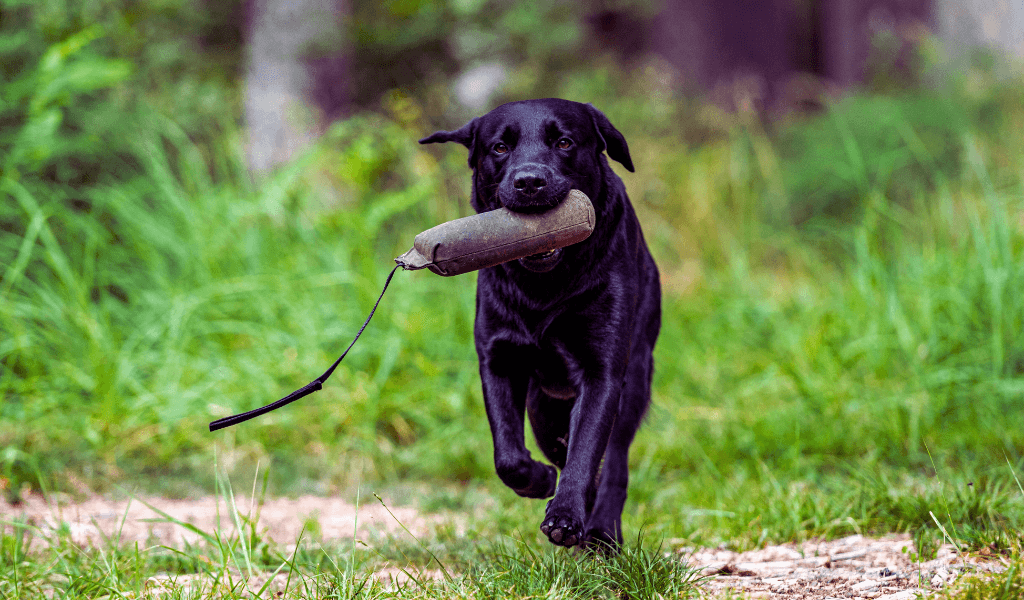Training dummies for gundogs
The Best Training Dummies for Dogs
When it comes to effective dog training, especially for working and gundog breeds, training dummies are one of the most versatile and essential tools available.
Whether you’re introducing a young pup to retrieving or sharpening the skills of a seasoned trial dog, the right dummy can simulate real-world scenarios, challenge your dog both mentally and physically, and build the essential skills required for live game work.
In this guide, we’ll explore the different types of training dummies available, their ideal uses, and how to select the best dummy to suit your dog’s training journey.
Why Use Training Dummies?
Before moving to live game, dogs must first be confident and competent with retrieving artificial items.
Dummies serve as a safe, consistent and controlled way to teach dogs about scent, grip, delivery, marking, and more.
From building drive in young dogs to testing memory, steadiness, and directional control in experienced workers, dummies help shape reliable retrievers who can perform in the field or at competition level.

Types of Training Dummies
1. Standard Canvas Dummies
A Reliable Staple for Everyday Training
Canvas dummies are the workhorse of any training kit. Durable, weather-resistant, and available in a variety of weights (typically from 250g to 1kg), they are perfect for daily drills.
Best Used For:
- General retrieving practice
- Memory and marking exercises
- Introduction to dummy work for puppies and young dogs
Scenario Tip:
Use lighter canvas dummies for puppies to build confidence, or heavier ones with advanced dogs to simulate more realistic game retrieves.
Goygar offers robust canvas dummies with quality toggles and waterproof materials—ideal for all-weather use in the field.
2. Patterned Dummies
Visual Stimulation and Realism in the Field
Patterned dummies, often printed with feather or game-bird motifs, mimic the visual cues of real quarry. This encourages dogs to focus on the shape, silhouette, and movement of game in varied environments.
Best Used For:
- Dogs that rely heavily on sight for marking retrieves
- Training in open fields, where visibility is crucial
- Encouraging realism without moving to fur or feather too soon
Scenario Tip:
Patterned dummies are great for windy days or areas with short grass, as they stand out well and help hone the dog’s visual tracking abilities.
Goygar’s feather print dummies offer excellent realism while maintaining the durability of traditional canvas options.

3. Rabbit Fur Dummies
Engage the Nose, Not Just the Eyes
Covered in genuine rabbit fur, these dummies offer a realistic texture and scent profile, making them especially useful for reluctant retrievers or those needing encouragement to use their noses.
Best Used For:
- Dogs transitioning to game
- Scent-focused drills
- Dogs showing reluctance to pick up canvas dummies
Scenario Tip:
Roll a rabbit fur dummy through cover or across woodland ground to lay a scent trail, encouraging tracking and retrieving under distraction.
Goygar’s Apex rabbit fur dummy is specifically designed to be durable, long-lasting, and highly effective in scent-based training.
4. Feather Dummies
A Bridge Between Dummy and Bird
While less commonly used than fur dummies, feathered dummies add an extra level of realism.
Whether synthetic or actual feather material is used, they create a more natural feel in the dog’s mouth, preparing them for feathered game.
Best Used For:
- Pre-trial preparation
- Dogs nearing the live game stage
- Introducing the sensation of feathers
Scenario Tip:
Use in tandem with launcher dummies for simulated flush-and-retrieve exercises.
Feather dummies can also be helpful for dogs that spit out or mishandle birds, helping condition a softer mouth.
5. Plastic Training Dummies
Buoyant, Hygienic, and Hardwearing
Made from tough plastic, these dummies are often used in water training due to their excellent buoyancy.
They’re easy to clean and less absorbent, making them perfect for repetitive water retrieves.
Best Used For:
- Water retrieves
- Dogs training in muddy or wet areas
- Early introduction to water work
Scenario Tip:
Introduce a plastic dummy on still water first, then progress to running water or ponds with reeds and cover.
Pairing a plastic dummy with a scent marker can make water retrieves more realistic without needing to use actual game.

Matching Dummies to Training Goals
| Training Goal | Recommended Dummy Type |
|---|---|
| Basic retrieving | Lightweight canvas dummy |
| Developing marking skills | Patterned or standard canvas |
| Introducing scent work | Rabbit fur or feather dummy |
| Water retrieving | Plastic dummy |
| Advanced trial prep | Feather or heavy-weight canvas dummy |
| Reluctant pick-up training | Fur-covered dummy |
Practical Tips for Using Dummies
- Mix it up: Rotate between dummy types to keep your dog engaged and to simulate a variety of real-world scenarios.
- Control excitement: Use dummies to teach steadiness and control, not just drive.
- Maintain equipment: Always check dummies for wear and tear—especially toggles and seams—to prevent injury or ingestion.
- Use terrain wisely: Train in different environments—open fields, woodland, wetland—to challenge your dog’s skills in different ways.
Why Choose Goygar Dummies?
At Goygar, we understand the importance of high-quality, field-ready equipment.
Our dummies are designed by handlers, for handlers, with practical features like waterproof canvas, realistic fur coverings, and durable toggles.
Whether you’re starting a puppy or polishing a trial dog, Goygar offers gear that supports greatness at every stage of the journey.
Explore our full range of training dummies and equip your dog with the tools to succeed.
The right training dummy can make a significant difference in your dog’s development. By selecting dummies suited to your training goals and varying the types used, you can create sessions that are more realistic, engaging, and effective.
Training isn’t just about repetition—it’s about relevance, realism, and readiness. With the proper use of training dummies, you’re one step closer to a capable, confident, and competent working dog.

